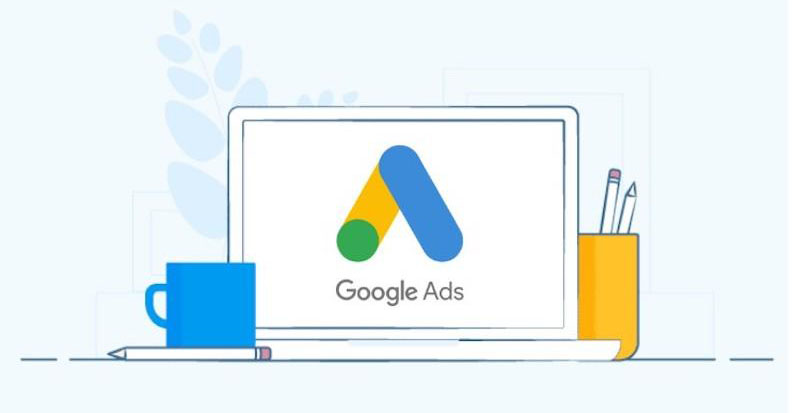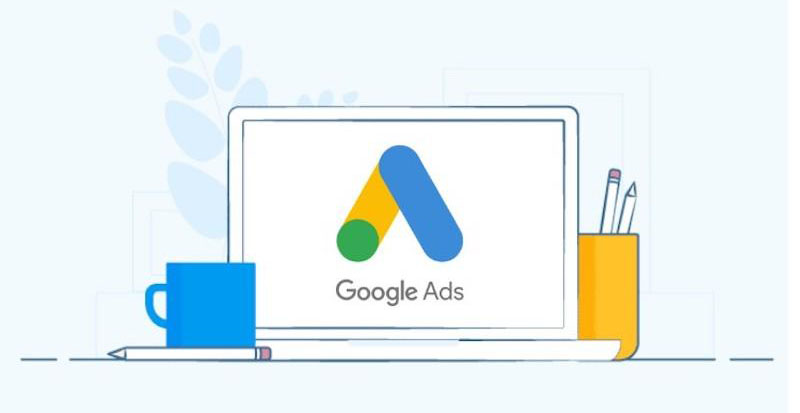
Google responsive ads are one great source of digital marketing. But most people are unaware of it. They are clueless about how does google ads generate responsive search ads and how it can benefit them. If you are one of them, then we are here to guide you.
What are Responsive Search Ads? How Does Google Ads Generate Responsive Search Ads?
Responsive search ads are google ads that are created by marketers and not by Google. They are meant for showing a more relevant and conversional message to your targeted audience.
Google responsive ads allow you to enter multiple descriptions and headlines for your product or service. You can add up to 15 headings and 4 descriptions in a single Google responsive ad. Once you have entered all the desired elements, Google generates multiple ads using different combinations of your provided text.
Google ads generator creates different combinations of headings and descriptions and uses them for advertisement. Usually, it takes any 2 headlines with 1 description for displaying a single ad. It tries different combinations on its own and evaluates the results. This way, it finds the most promising mix of headings and descriptions for various relevant queries.
Why Google Responsive Ads?
Though there are different types of Google ads after the introduction of Google responsive ads, it has become the number one choice of marketers. Wondering why? Well, because responsive ads give marketers the freedom to show whatever they want to their audience. Responsive ads are just the opposite of popular dynamic Google ads, where google itself picks up an expert of content from the website.
The importance of Google responsive ads becomes multifold after the recent announcement of Google about the limitation on creating and editing expanded text ads. According to this update, you cannot create or edit google expanded text ads after June 30, 2020. However, you can still manage and get benefits from your previous expanded text ads. Google ads itself has suggested its clients switch to responsive ads.
Benefits of Google Responsive Ads
Google responsive ads benefits include:
- It allows you to show your audience the text that is more relevant to your business or service.
- You can add up to 15 headlines and 4 descriptions in a single responsive ad. This means you can advertise your product or service in various ways through a single responsive ad.
- Google responsive ads are flexible and adaptive. It uses varied combinations of headings and descriptions for different search queries.
- Google responsive ads are based on AI and evaluate the success factor of different headings and descriptions combinations on their own.
- It brings more customers and visitors to your website than other types of Google ads.
How do responsive search ads increase your likelihood of reaching more customers?
You must be wondering that how do responsive search ads increase your likelihood of reaching more customers. The answer is simple. As discussed above, Google responsive ads use different combinations of headings and descriptions for diverse search queries. This way, it shows the users the aspects of business that are more relevant to them.
For instance, you created ads for your camping e-store. Now, if someone asks about the best camping beds, google ads will show the text relevant to the camping beds. Similarly, if the query is about portable utensils, it will present the text related to camping utensils.
People often click the ads where they get the most relevant answers to their queries. And this is how responsive search ads increase your likelihood of reaching more customers.
What are the best practices for Google Responsive Ads?
Here are Google responsive search ads best practices that will help you make the most of your responsive ads.
- Always try to add max headlines in your responsive ad. This allows Google ads to create more versatile combinations.
- Do not stick to just one description. Instead, add 4 different texts to better explain your product or service.
- Try to add different aspects of your service or business in each heading. This way, you will get featured in more versatile queries.
- If you want to include a particular text in every heading, make it heading 1 or 2. And in the case of description, make it your 1st description. Google responsive ads make most combinations using at least one from these three texts.
- Use different keywords in different headlines. This will help you in targeting a larger audience.
Also read: The Best 8 Keyword Research Tools for SEO


